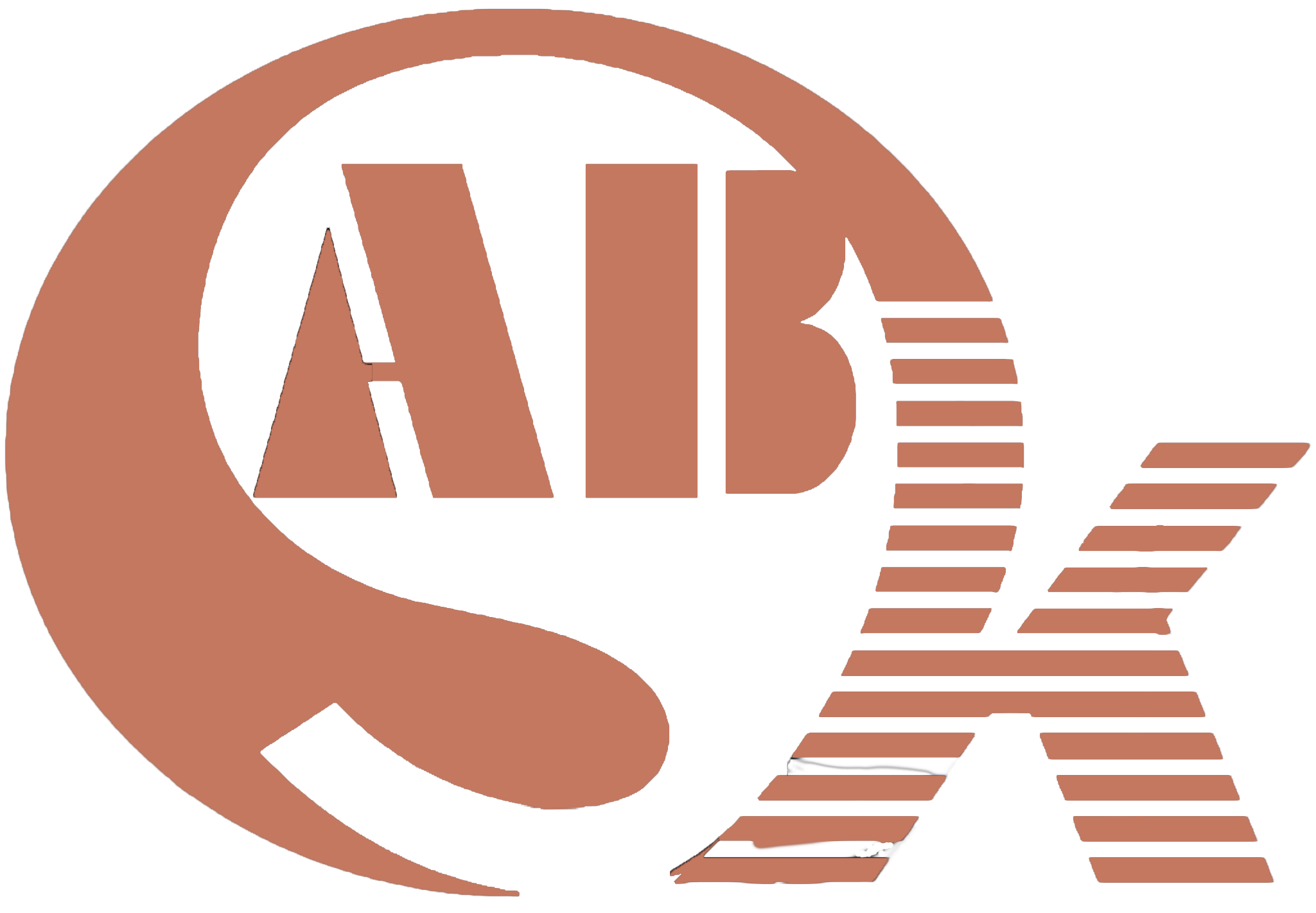Precision Tools Unveiled: Decoding the Variances Between Welding Positioners and Welding Fixtures
In the intricate world of metal fabrication, achieving precision in welding is an art. Two indispensable tools in this arena are welding positioners and welding fixtures. This article aims to unravel the distinctions between these precision tools, shedding light on their unique characteristics and the specific roles they play in enhancing welding efficiency.
Navigating the Precision Landscape: Welding Positioners vs. Fixtures
Welding Positioners and Fixtures: A Comprehensive Comparison
1. Welding Positioners: Mastering Workpiece Maneuverability
At the forefront of precision welding tools is the welding positioner, a dynamic device designed to manipulate the workpiece. The primary function of a welding positioner is to provide rotational mastery, allowing welders to access various angles effortlessly. This rotational capability is pivotal for achieving consistent and high-quality welds on different sides of the workpiece without the need for manual repositioning.
2. Welding Fixtures: Stabilizing for Exactness
In contrast, welding fixtures are specialized tools focused on stabilizing the workpiece during the welding process. These fixtures securely hold the components in a predetermined position, ensuring that they remain stable and aligned throughout the welding operation. The primary function of a welding fixture is to eliminate any movement or misalignment, providing a stable platform for welders to work with precision.
Deciphering the Differences: A Closer Look
1. Maneuverability vs. Stability
The fundamental difference between welding positioners and fixtures lies in their primary purpose. While welding positioners prioritize maneuverability by allowing rotation and adjustment of the workpiece, welding fixtures focus on stability, anchoring the workpiece securely in a fixed position. This distinction is crucial depending on the project requirements; for tasks demanding dynamic angles, a welding positioner is preferable, whereas for intricate stability, a welding fixture is the tool of choice.
2. Workpiece Size and Complexity
Welding positioners offer versatility in handling a range of workpiece sizes and complexities. They adapt seamlessly to diverse projects, accommodating both small-scale intricate welds and large-scale industrial applications. On the other hand, welding fixtures are tailored to specific workpieces, often designed for repetitive tasks or projects with consistent dimensions. The choice between the two depends on the variability and scale of the welding projects at hand.
3. Automation and Efficiency
Welding positioners often come with automation features, allowing for programmable rotations and adjustments. This automation enhances the efficiency of the welding process, reducing the need for manual intervention and streamlining workflows. Welding fixtures, while providing stability, may lack these automated features. The decision between the two tools should consider the desired level of automation and the impact on overall welding efficiency.
Tailored Solutions for Precision Welding
As we navigate the differences between welding positioners and welding fixtures, it becomes clear that each tool serves a unique purpose in the pursuit of precision welding. Welding positioners offer dynamic maneuverability, catering to projects that require flexibility and adaptability. Welding fixtures, on the other hand, excel in providing a stable foundation, ideal for tasks where workpiece stability is paramount.
The Synergy of Precision
In many welding scenarios, the synergy between welding positioners and fixtures is the key to achieving optimal results. Welders often integrate both tools into their workflows, leveraging the rotational precision of positioners and the stability provided by fixtures. This combination ensures a comprehensive approach to precision welding, offering versatility and exactness in tandem.
Choosing the Right Tool for the Job
In conclusion, the choice between a welding positioner and a welding fixture hinges on the specific needs of the welding project. Consideration should be given to the required maneuverability, stability, workpiece size, complexity, and the desired level of automation. Welders and fabricators, whether seasoned professionals or enthusiasts, can enhance their precision welding endeavors by understanding the unique characteristics and applications of these indispensable tools.
Whether you are maneuvering through intricate angles with a welding positioner or anchoring for stability with a welding fixture, the goal remains the same: achieving precision in every weld. As technology continues to advance, the welding landscape evolves, and welders have at their disposal an array of tools designed to meet the demands of precision in the ever-expanding world of metal fabrication.
